
KennethT
-
Posts
6,161 -
Joined
-
Last visited
Content Type
Profiles
Forums
Store
Help Articles
Posts posted by KennethT
-
-
-
10 hours ago, liuzhou said:
I want the head! Best part!
I agree - it was amazing when we had it in Singapore - it was huge with tons of meat, but I can't get good sized fish heads unless I get a whole fish which I usually don't because it's just the two of us or if I go to Chinatown which I don't have time for on a regular basis.
-
 1
1
-
-
-
8 minutes ago, blue_dolphin said:
I do the same with cilantro and parsley. Parsley lasts a reliable 2 weeks or more. With cilantro, 10 days is more my average. It’s amazing how a whole bunch of cilantro can go from perky to slime in a day! Some produce comes in plastic bags with holes in them and if I have those, I use them.
For basil, I do the same thing but keep it out on the counter.
Tarragon and dill go in a plastic bag with a damp paper towel, in the fridge
I have tons of rosemary outside so no need to preserve that one. Oregano, too. I need to replant sage and thyme.
Yeah, for the cilantro, I make sure there's no moisture on the inside of the bag and drape the bag so it contacts the leaves as little as possible - that's where things get slimy. I change the water every day or two and try to dry the inside of the bag at the same time (or turn it inside out).
-
 2
2
-
-
I've had best luck putting cilantro in a small glass with about a half inch of water in the bottom - like flowers in a vase. Make sure you pick off all the yucky leaves first or any that might dip in the water. Cover the whole thing loosely with the grocery store plastic bag - like a loose tent and keep in the refrigerator. I've had it keep that way for about 2 weeks or so.
-
 2
2
-
-
Is the Long Jing tea called Dragon Well there as it is here and in HK (Lung Ching in HK)? I believe it's from Hangzhou...
-
 1
1
-
-
On 7/19/2015 at 6:39 PM, KennethT said:
Next dinner was here:
This place is completely off the tourist radar - most taxi drivers didn't even know where it was! This place was recommended to me a few years ago by an eGullet member who lives in Singapore. He said he used to go to this restaurant all the time, and I can see why.
They are known for this dish:
This is sambal pomfret. A pomfret is coated in their heavenly sambal paste, which is a combination of fermented shrimp paste, chili, and who knows what else, and is then fried. The result is shrimpy, slightly spicy and ridiculously addictive.
We also had this:
This is how chili crab should be. Their sauce is much deeper and aromatic compared with the sauces of the big name restaurants... by comparison, the big name ones taste like ketchup (which I actually think may be an ingredient in their sauces). Also pictured are fried mantou buns, which are great for sopping up the sauce.
Not pictured is a plate of baby kailan, stir fried with garlic. I love this vegetable. Kailan (or gailan) is the chinese name for what we'd call here Chinese Broccoli, although I personally think it has nothing to do with regular broccoli. In most of the versions here, it is actually the stems you eat, and only a little bit of the leaves - the stems actually resemble asparagus (in appearance, not flavor or texture). This is also the standard type of kailan that you'd see in Hong Kong. But in Singapore, the "baby kailan" is the one that is ubiquitous. I don't know if it is really just a young version of the other type, or if it's a different strain. This version is very leafy, with thin stems that are tender, but a little crunchy. I love this vegetable... I could eat it every day... one of these days, when I get more time, I have to set up my leafy windowsill garden again and start growing it so I can have a never ending supply.
I am sad to report that I just found out that (Old) Lai Huat closed as of November 26, 2023. The owner wanted to retire and had no one to pass the business to, which is becoming a trend in Singapore. Yes, some of the younger generation get an MBA and then expand their parents businesses to become a mini chain around Singapore, but many more just close for good. I plan to make my sambal fish soon in their memory....
-
 1
1
-
 5
5
-
-
1 hour ago, liuzhou said:
I vaguely remember seeing chicken granules here but I just searched my online shopping options and the only chicken granules I can find are cat food!
The Bahasa to ask the difference between powder and granules is something like "Apa perbedaan antara bubuk ayam dan butiran ayam?" but then you have to figure out the answer for yourself.
I suppose the granules are just bigger grains but that wouldn't account for using both, unless they are bits of dried chicken flesh like you get in some chicken flavour instant noodles, but I'm really guessing now.
I may also ask a woman I know online - she has written a couple Indonesian Fusion cookbooks and also has a YouTube channel.
-
1 hour ago, liuzhou said:
I vaguely remember seeing chicken granules here but I just searched my online shopping options and the only chicken granules I can find are cat food!
The Bahasa to ask the difference between powder and granules is something like "Apa perbedaan antara bubuk ayam dan butiran ayam?" but then you have to figure out the answer for yourself.
I suppose the granules are just bigger grains but that wouldn't account for using both, unless they are bits of dried chicken flesh like you get in some chicken flavour instant noodles, but I'm really guessing now.
Yeah, I could figure out the Bahasa to ask, but I'd have no idea about the answer. My Bahasa is ok for basic stuff but a complicated explanation is not one of them. I could probably use the Google Translate on my phone - I have tried it in "conversation mode" yet but it supposedly works well. Ideally I'd find someone who speaks some English themselves which may not be that hard on this trip since we'll be in places that see lots of international tourists - Lombok and Jakarta.
-
Thanks for this. While I use the Lee Kum Kee "premium" chicken powder, it's not because it's so great but really it's the best of what I can get. It's certainly better than western brands like Knorr.
Interesting (at least to me) in parts of SE Asia - most notably Indonesia, but possibly elsewhere - not only do they use chicken powder, but they also use chicken granules. I'm not exactly sure what they are or how they differ from the standard powder but I've even seen recipes that use both so I'm assuming that there is some kind of difference. If possible, I'll try to investigate further when I'm in Indonesia in July but I doubt I'll get far, my Bahasa isn't nearly good enough for those kinds of conversations!
-
8 hours ago, Dejah said:
Thanks! We have many Lee Kum Kee products here, so I will look for it.
You definitely want the "premium" in the green can. The one on the red can is super salty. I have some - I found it unusable.
-
 1
1
-
-
41 minutes ago, Dejah said:
What brand do you use?
I have used the Knorr, but have only been using Better Than Bouillon.This is the best one that is easily available to me:
https://usa.lkk.com/en/products/premium-bouillon-powder-flavored-with-chicken-no-msg-added
It's not very salty - in fact, I usually add MSG and salt when using it.
-
 1
1
-
-
@BonVivantThanks so much for taking us along - I always enjoy the photos and your discussion of your trips. I'm sorry to hear about your ear infection. When we travel, we always bring tons of medication with us - several types of antibiotics, nausea, diarrhea, sinus, congestion, etc. - basically we're a traveling pharmacy. Ear infections are usually easily treated (especially if caught early) with an antibiotic called amoxicillin. Many upper respiratory infections are easily handled with azithromycin - which, coincidentally - is the drug of choice in SE Asia for most food poisoning bacteria.
-
 2
2
-
-
-
8 hours ago, liuzhou said:
香柳 (xiāng liǔ), sweet sallow is something I've never come across before and there is little information on it other than that it is a member of the Salix family of plants which includes the willows after which Liuzhou (柳州) is named.
It seems to be added to soups and hotpot or can be briefly stir-fried like any other green.
The taste is initially sweet but turns peppery on the palate. Reminds me a bit of watercress.
It is also, of course, used in TCM.
This looks a little (but not exactly) like the Viet rau ram (laksa leaf in Malaysia). Are the stems tender enough to eat or is it just the leaves?
-
-
-
-
-
29 minutes ago, Laurentius said:
I read the advert, and I can see why you might conclude that. I would take that with a grain of salt, at least until I saw the unit running through a watt meter.
I'm also a bit skeptical about the "extended range" aspect. The physics of magnetic induction fields is that their intensity drops very, very fast, as a function of the inverse of the square root. I think truly emulating gas might require a lot more power than 240 single phase.
Considering that I have one and I use it every day, I am happy providing my opinion regardless of the wording in the advert. Take it for what you will. I don't need to run it through a watt meter because I can tell empirically, which at the end of the day, is what matters most - the results. When I simmer anything, thick or thin liquids - it is a steady constant simmer at whatever amount I choose. Hard simmer, barely simmering, it matters not. If there was any noticeable duty cycle, you would see a hard boil, then nothing, then hard boil, etc. I see this when I use my Chinese made 3300W unit - it is VERY obvious. It's even more obvious when stir frying or sauteing - it's an easy way to burn things like when making something with doubanjiang, which burns easily. However, with the Vollrath, I can set it so it barely sizzles - it is constant and unvarying. No meter required. However, feel free to use one if you wish. Also, without measuring the magnetic flux of the induction field, I can also empirically report that when I saute or tilt the pan to baste something, it performs as advertised. Granted, I try not to saute things 3 inches off the surface of the unit - it would be really uncomfortable to hold a pan like that for any period of time.
-
 1
1
-
-
58 minutes ago, vyas said:
Curious to know more about"short pulses" And "variable power supply". How do I enforce vendors to state their power scheme that is pulse based or variable power in their technical proposals
From what I am to understand, most units change the amount of power to the pan via duty cycle - aka short pulses. So, for example, if your cooker is 1000W and you set it for 500W (50% power), most units will turn put all 1000W to the coil for, say, 2 seconds, then off for 2 seconds, then 1000W for 2 seconds, etc. Depending on the cycle time, it may not even be noticeable that their using a duty cycle - for instance, if they use 0.5 seconds as a duty cycle, you probably wouldn't realize if it was providing 1000W for 0.25 seconds and off for 0.25 seconds. The problem comes when the total cycle time is several seconds long - then there's a noticeable on/off time.
According to the link I provided, Vollrath is the only manufacturer that doesn't use duty cycle and instead has a variable power supply - it states that their method is patented and since the unit's not that old, I assume the patent hasn't run out yet. Then again, many foreign companies dont' care about patents, especially if their sales are not going to the US.
-
16 hours ago, Laurentius said:
Can you please explain this? The 120v Mirage Pro cycles in all settings, but not using full power. My understanding is that is what the "G4" engines are supposed to do.
I don't have a Mirage Pro so I'm not sure what it does. I also don't know what a "G4" engine is. My experience is with 240V countertop induction. As I explained before, the inexpensive 3300W model that I have cycles the power. So, if I set it to 400W (12% power output) it puts out a short pulse of 3300W and then idles, then a short pulse, then idles, etc. With sensitive ingredients this can easily cause burning. The 2600W Vollrath unit does not cycle pulses - instead it has a variable power supply which only supplies the coil with the percentage of current that you ask of it. So if I set it at 10%, it gives 260W of power to the pan continuously - not pulses of the 2600W. See https://www.vollrathfoodservice.com/products/countertop-equipment/cooking-equipment/induction-ranges/4-series-induction-range/hpi4-2600 for more information.
-
 1
1
-
-
@btbyrd@pastrygirl@Deephaven@vyas
Relatively recently, I moved from an apartment with a gas range to a building which has no gas service. I do have 240V outlets in my kitchen so I got 2 240V countertop induction burners. One is a relatively inexpensive, but high powered, 3300W Chinese model. You can only control the power in 400W increments via membrane switches. I use this one basically only for boiling water which it does incredibly fast - much faster than on my "high power" gas burner on the previous range and doesn't heat up the kitchen while doing it. The other is a Vollrath HPI4-2600, 2600W. In addition to being able to control the power in 1% increments (1-100), unlike most other induction units, when used on lower power, it doesn't cycle the full power in a duty cycle but truly lowers the continuous power rating. It works so well that it can hold a subtle simmer and even melt chocolate. It can supposedly hold the pan temperature using a sensor in the ceramic top but I haven't really tested it - but it also has a probe that I use all the time which will hold the liquid to within 1 degree F consistently (you can change the mode from power level to control via temperature (F or C). Also, the power (or temperature) control is a knob with a fantastic control algorithm - twist it fast and you can go from 1 to 100 with one flick, but go slow and it's easy to change in 1% increments. It's quite pricey, but it's my go to for everything and now that I've used it for a while (there was a bit of a learning curve when switching from gas) I don't know if I could ever go back.
-
 4
4
-
 2
2
-
-
39 minutes ago, liuzhou said:
All the time I couldn't cook due to my broken back, there was one dish I craved.I could have had it delivered, but restaurants never get it right (at least to my satisfaction).
So, today, I made it myself for the first time in over a year. It is also one of the simplest dishes I know.
车螺芥菜汤 (chē luó jiè cài tāng), clam and leaf mustard soup.
This is so easy. I chop two to three cloves of garlic and a fresh 'facing heaven' chilli and throw that into cold water in a pan. Add a couple of Chinese soup spoonfuls of chicken powder. This is China's secret weapon. 100 times better than any other buillion powder or cubes. Michelin starred restaurants in China use it regularly.
That, I bring to the boil then simmer for ten minutes before adding the fresh clams. As soon as these open, I fish them out and into my bowl. When all are opened and in the bowl I tear up some mustard leaf and throw that into the still simmering soup. As soon as it wilts, I pour the soup and greenery over the clams and serve. No seasoning required. It's in the chicken powder.
Sorry for the imprecision; I've been making this once a week for almost 30 years (apart from last year) and eyeball it. It's forgiving.
Don't forget your 长棍 (cháng gùn), baguette for dunking.
Not just China's secret weapon - it's widely used in Vietnam, Malaysia, Indonesia and Singapore (and my kitchen!)
-
 3
3
-

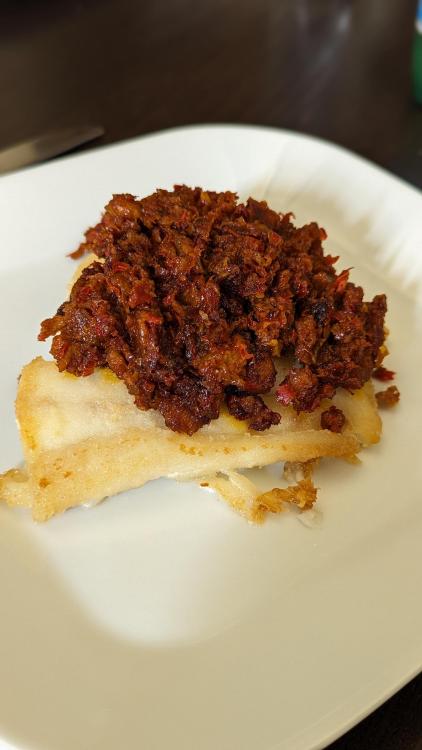
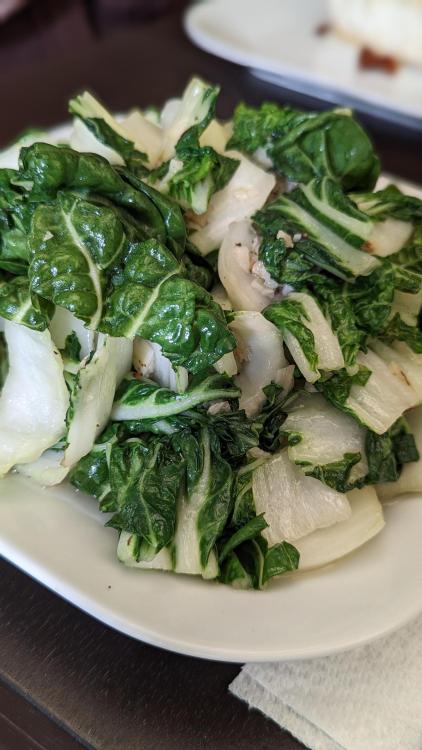


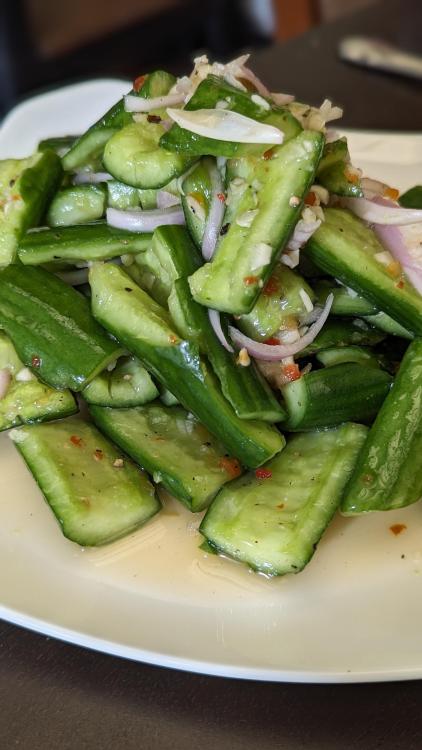

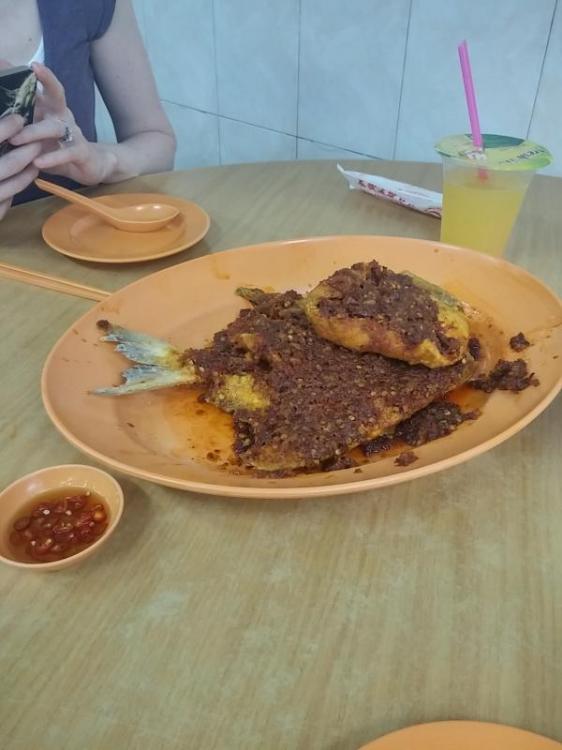
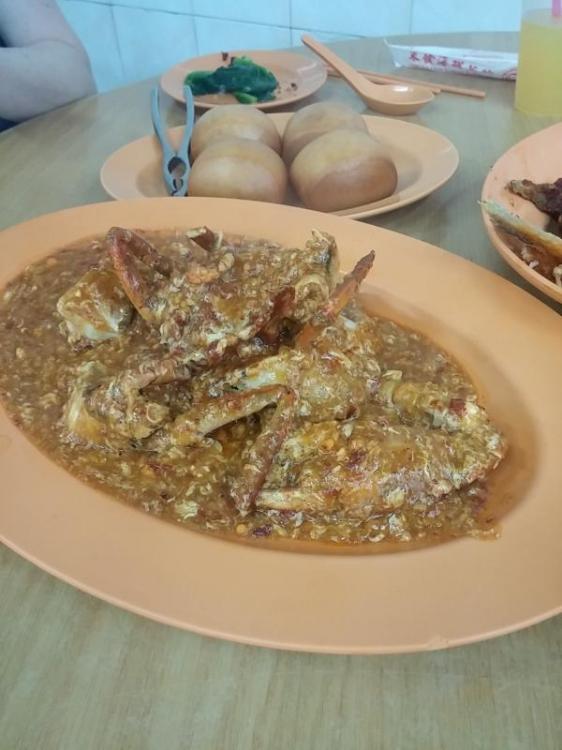
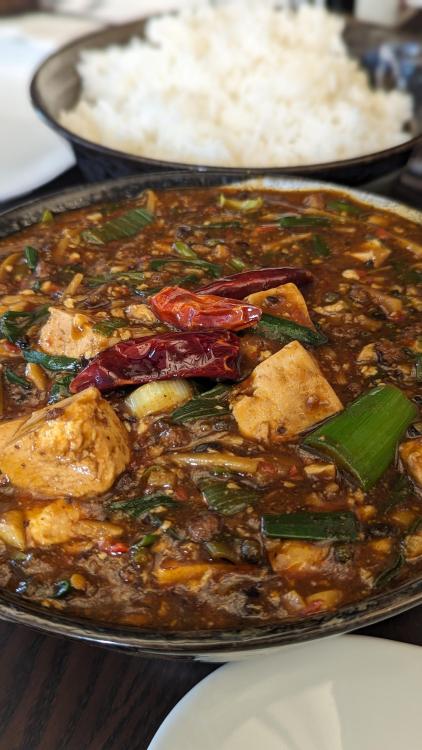


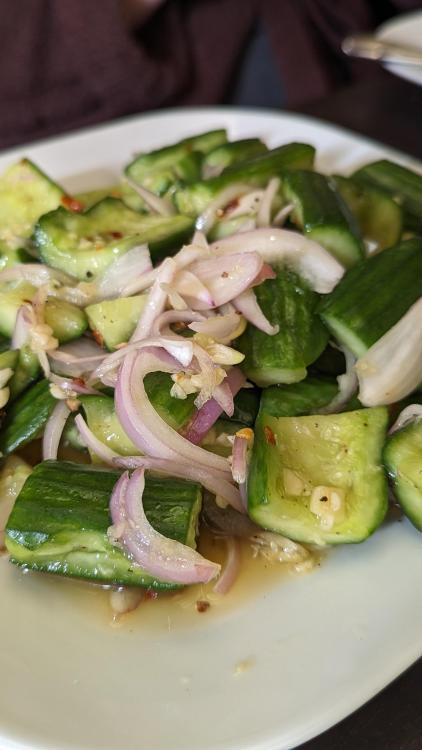
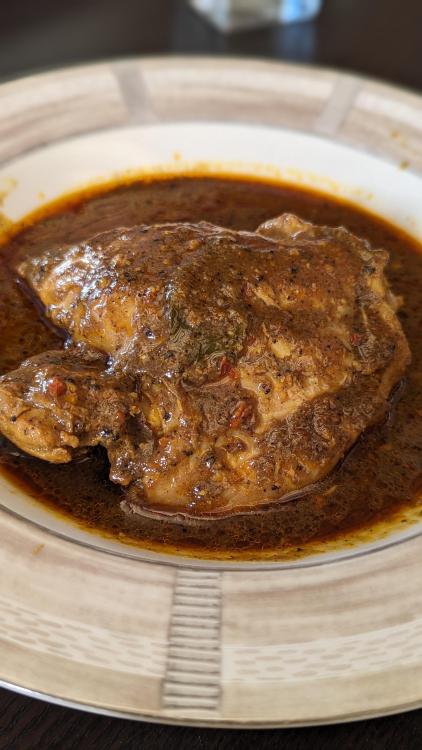
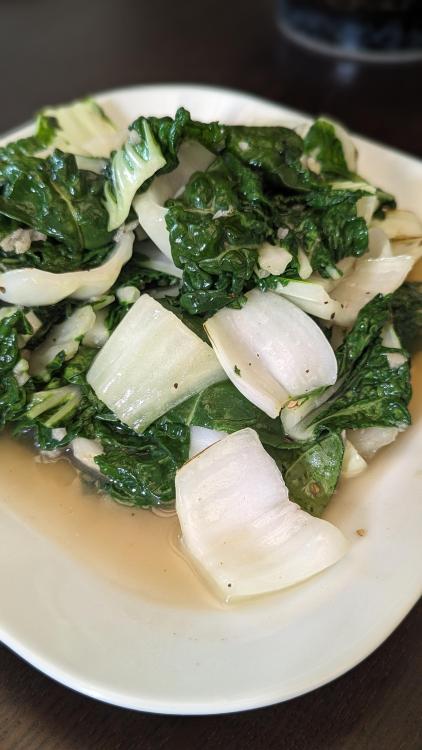
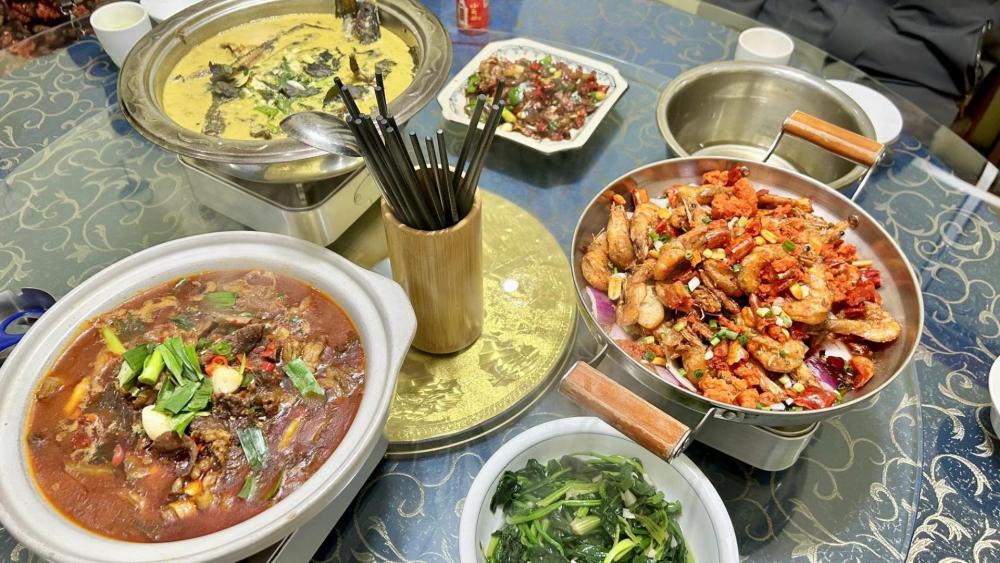
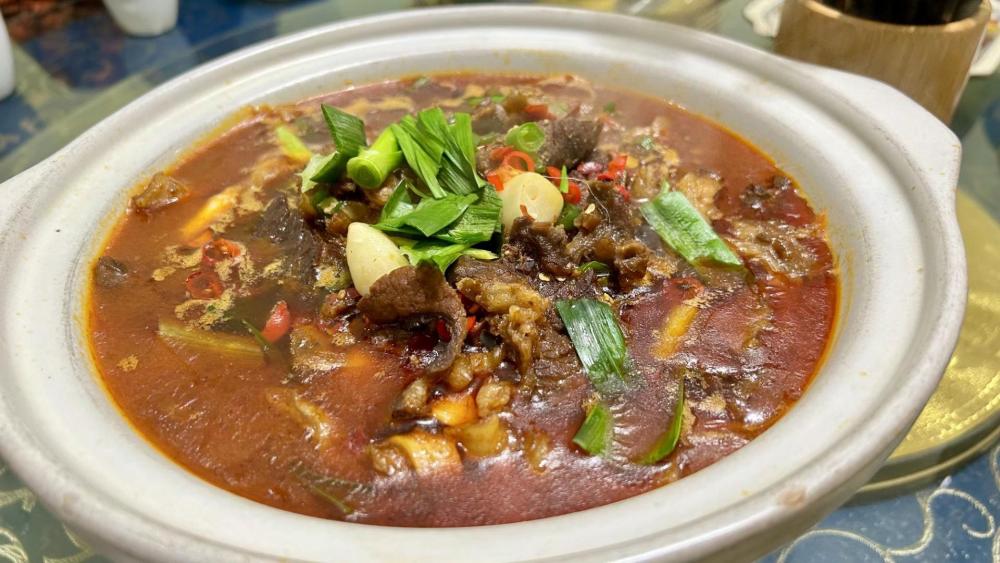
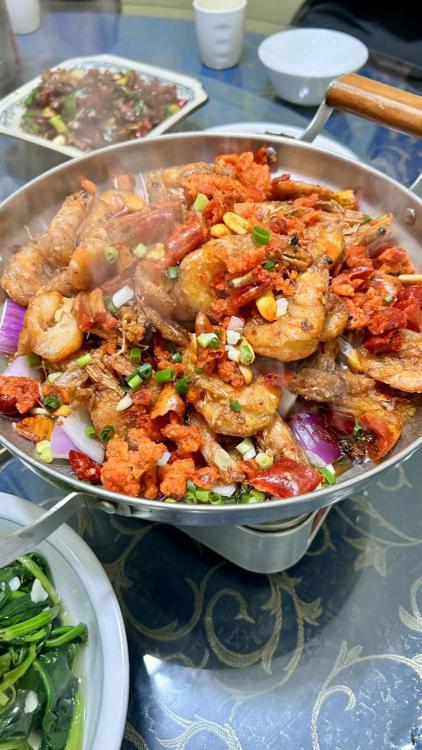
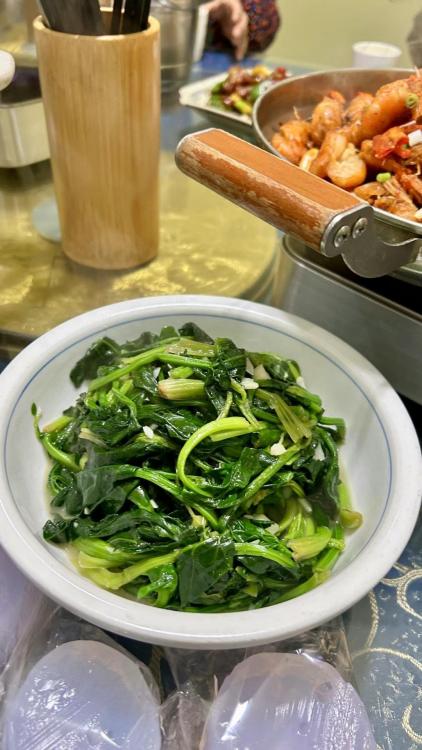
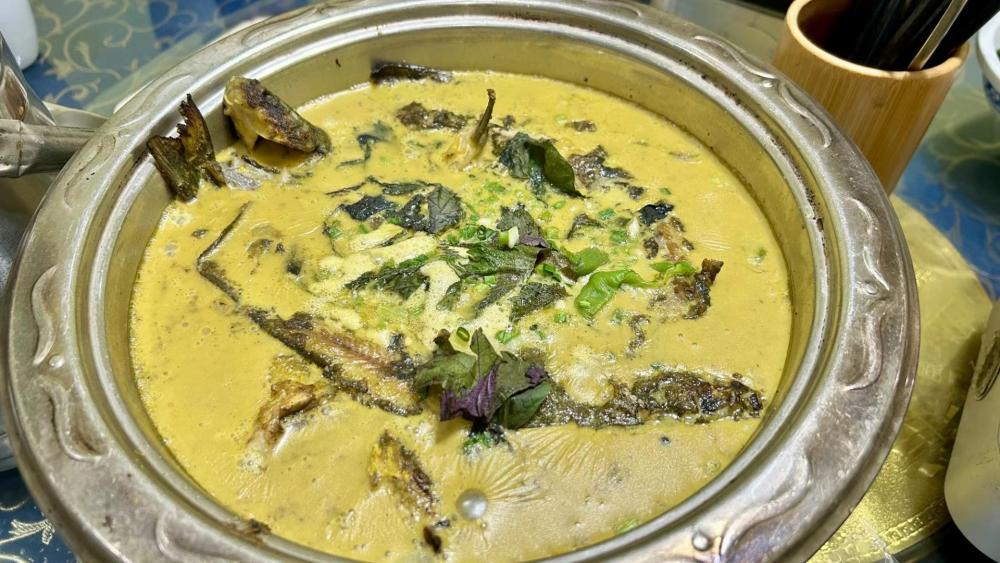
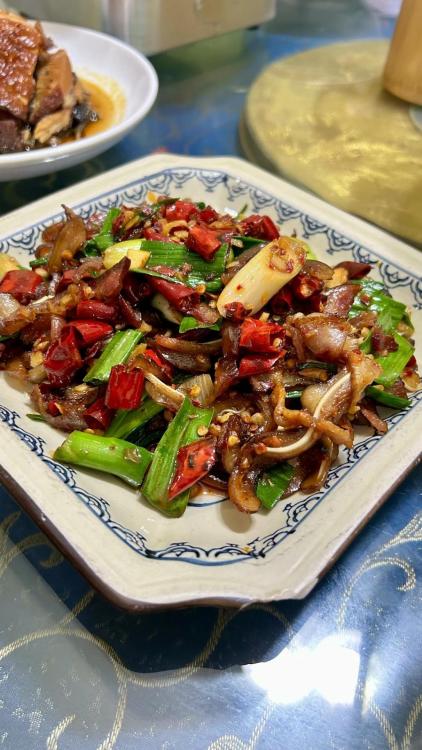
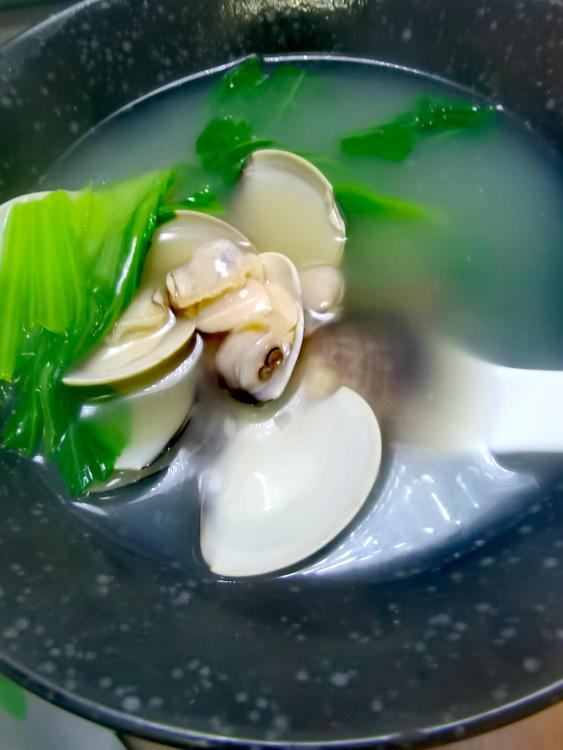
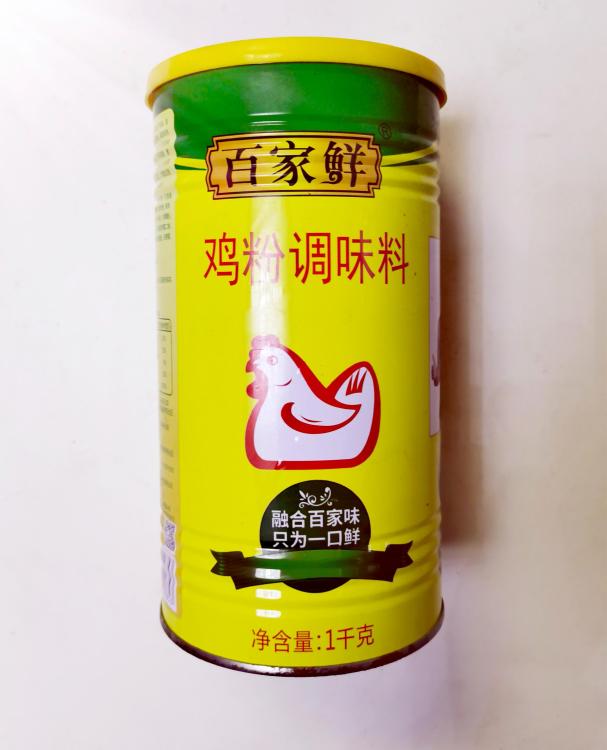
It's Fat Tuesday!
in Food Traditions & Culture
Posted
My raised in NO wife would say this is heresy. RB&R is ALWAYS on Monday!!!